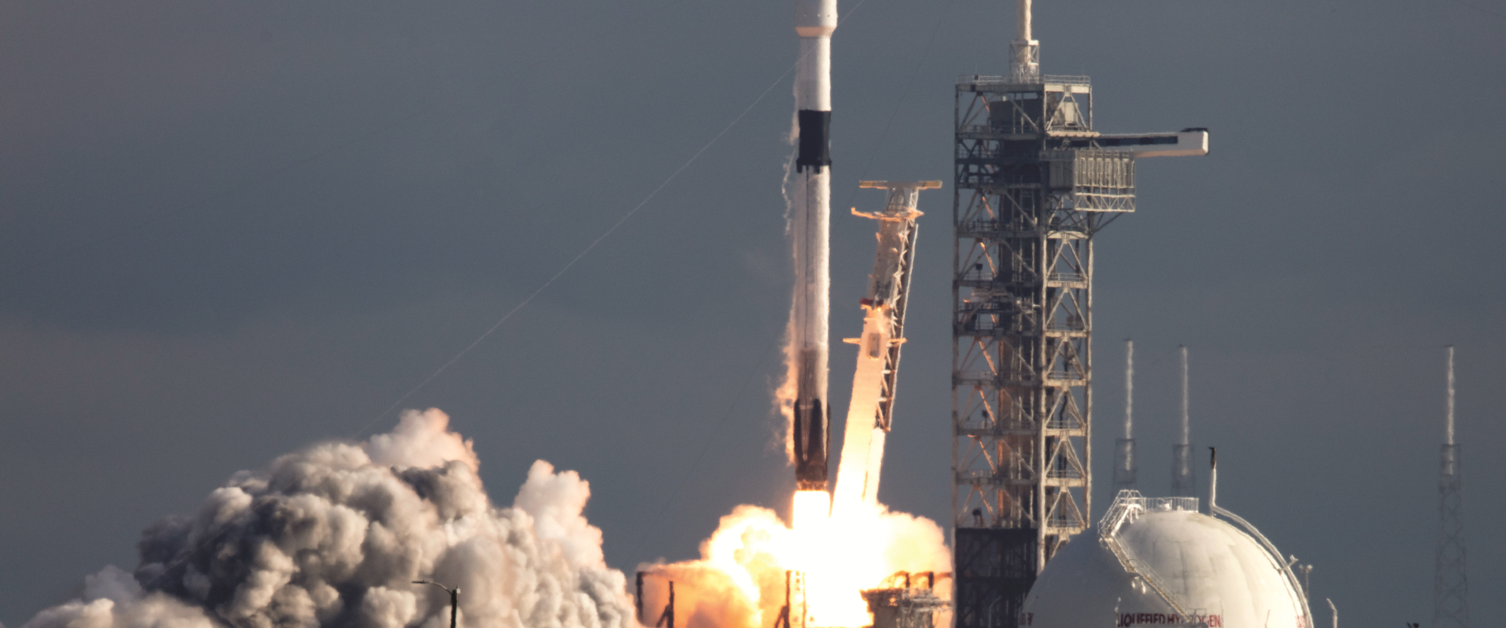Rocketing Temperatures
- By AMS Staff
- Oct 21, 2022
1.4°F — The projected annual temperature increase in the stratosphere with a continued upsurge in kerosene-fueled rocket launches, according to a new study in the Journal of Geophysical Research: Atmospheres. Research on rocket emissions has “never been that big of a concern or focus because the number of rockets being launched every year was so small,” notes Christopher Maloney of NOAA. But for several reasons, including the recent growth of space tourism and growing enthusiasm for missions to the moon and Mars, such launches doubled over the last decade and set an unofficial record in 2021 with 144 attempted orbital launches. “Now if you look at the trajectory of the industry, or proposals from various governments, then we can expect to see a tenfold increase in rocket launches and emissions within the next 10 to 20 years,” Maloney says. Currently, about 1,000 tons of rocket soot exhaust are annually emitted into the stratosphere over the Northern Hemisphere. In the new study, Maloney and colleagues used a climate model to simulate a yearly injection of 10,000 tons of soot into the stratosphere over the Northern Hemisphere for the next 50 years—an amount the study notes is consistent with expected space travel growth. They found that the resulting temperature increase would alter global circulation patterns, slowing subtropical jet streams by as much as 3.5% and weakening the stratospheric overturning circulation. These changes in temperature and circulation would diminish the ozone layer over much of the Northern Hemisphere in most months of the year, with reductions of as much as 4% over the North Pole in June, while also intensifying the Antarctic ozone hole. “The bottom line is projected increases in rocket launches could expose people in the Northern Hemisphere to increased harmful UV radiation,” Maloney says. [Sources: bbc.com, NOAA]
